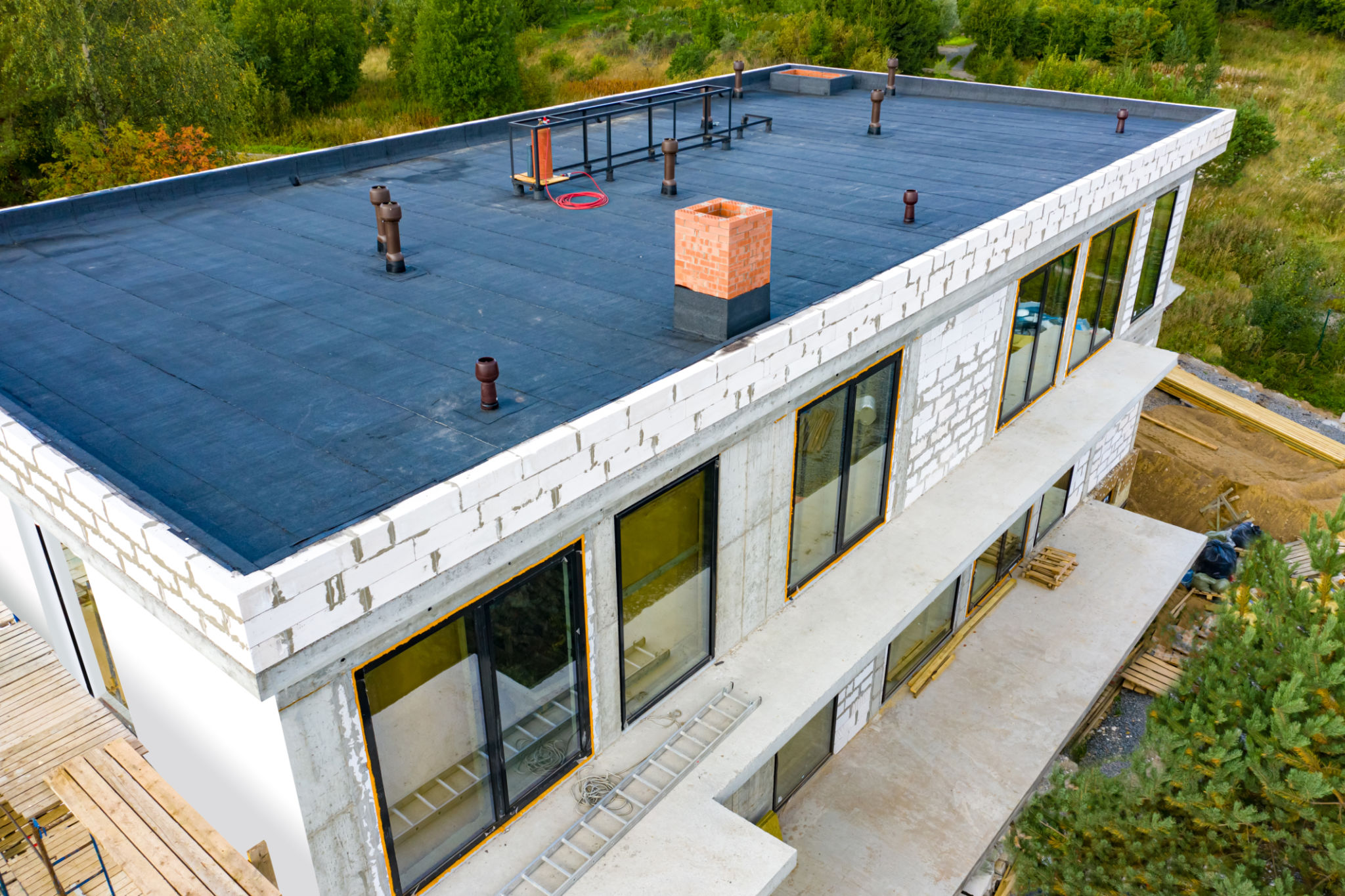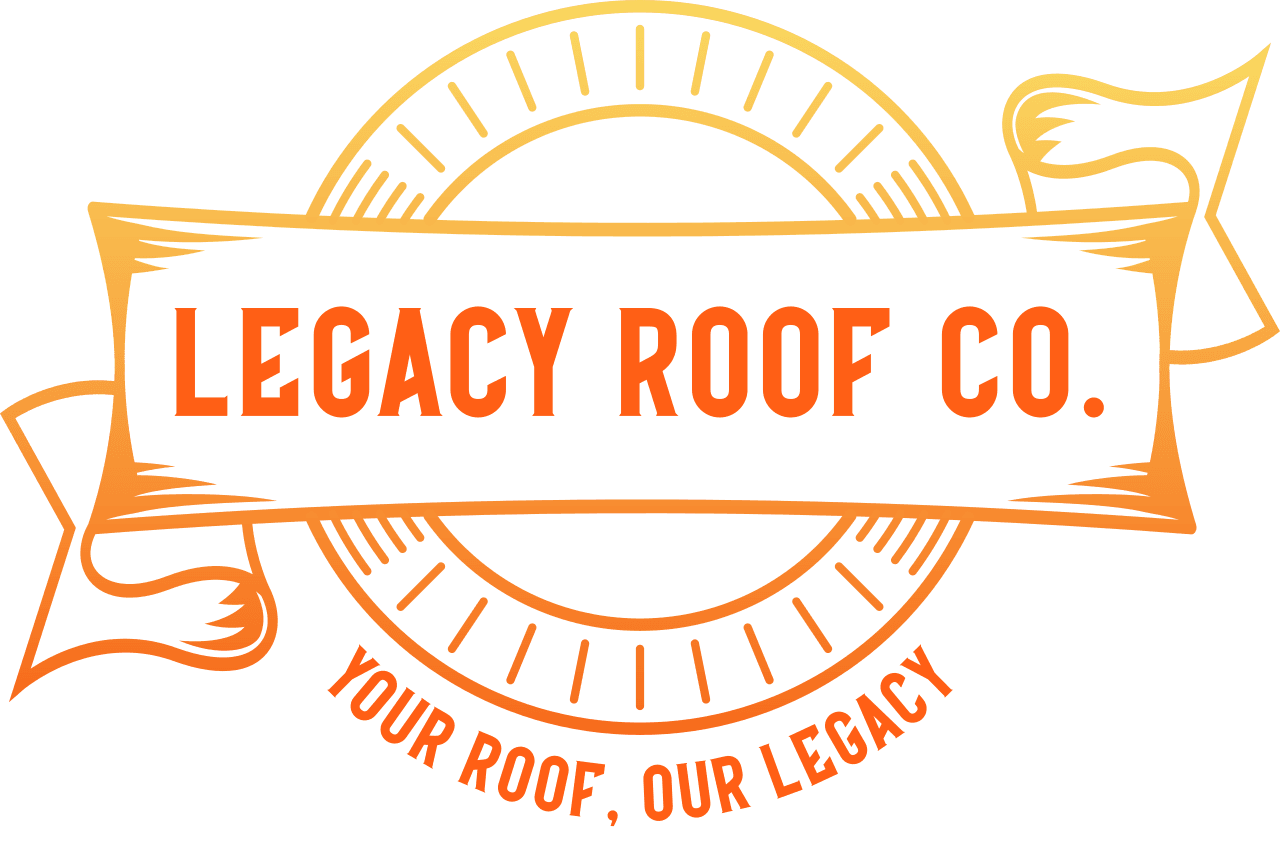Understanding the Differences: Commercial Roofing Solutions in Minnesota vs. Indiana
Understanding Regional Climate Impact
When considering commercial roofing solutions, it's crucial to understand how regional climates affect roofing materials and performance. Minnesota and Indiana, though both located in the Midwest, have distinct climate characteristics that significantly influence roofing choices. Minnesota is known for its harsh winters with heavy snowfall and frigid temperatures, while Indiana experiences milder winters but with more frequent rainfall throughout the year.

The extreme cold in Minnesota demands roofing materials that can withstand heavy snow loads and severe cold without cracking or deteriorating. On the other hand, Indiana's climate requires solutions that prioritize moisture resistance due to its higher precipitation levels. Understanding these differences is essential for businesses to select the most appropriate roofing materials for their specific location.
Popular Roofing Materials in Minnesota
Given Minnesota's climate, durability and insulation are key factors influencing material choice. Metal roofing is highly popular in this state due to its ability to shed snow effectively and resist ice damming, which is common in colder regions. Additionally, metal roofs provide excellent longevity, often lasting over 50 years with minimal maintenance.

Another favored option in Minnesota is modified bitumen roofing, which offers excellent durability and flexibility in varying temperatures. Its multi-layered composition provides superior protection against leaks and damage from ice buildup. These materials ensure that commercial buildings remain protected even during the state's harshest weather conditions.
Preferred Roofing Solutions in Indiana
In Indiana, where moisture management is crucial, EPDM rubber roofing is a popular choice. Known for its exceptional water resistance, EPDM is a cost-effective solution for flat or low-sloped roofs. Its ability to withstand UV radiation and temperature fluctuations makes it a versatile option for Indiana's varying climate.

Additionally, TPO roofing is gaining popularity due to its energy efficiency and reflective properties. TPO's white surface reflects sunlight, reducing cooling costs during Indiana's hot summers. This material also offers excellent resistance to algae and mold growth, making it ideal for the state's humid conditions.
Cost Considerations and Installation
The cost of installation and maintenance can vary significantly between Minnesota and Indiana due to the different requirements each climate imposes on roofing solutions. In Minnesota, the need for robust materials that withstand snow and ice can lead to higher initial costs. However, the long lifespan and low maintenance of these materials often offset these expenses over time.
In Indiana, while the initial investment might be lower due to milder weather conditions, regular maintenance to prevent moisture-related issues can add up. Business owners must weigh these factors when choosing a roofing solution to ensure they are getting the best value for their investment.
Conclusion: Tailoring Solutions to Climate Needs
In summary, understanding the differences in commercial roofing needs between Minnesota and Indiana is crucial for making informed decisions. Each state's unique climate challenges demand specific materials that offer durability, energy efficiency, and cost-effectiveness. By tailoring roofing solutions to meet these regional demands, businesses can ensure the longevity and safety of their commercial properties.

